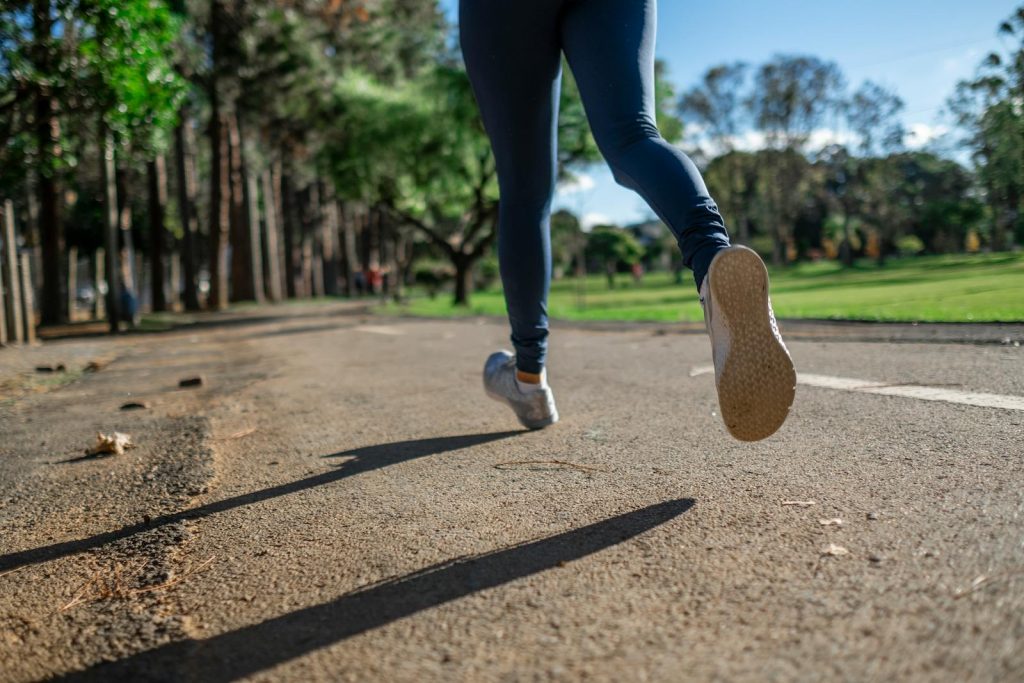The Best Fluffy Pancakes recipe you will fall in love with. Full of tips and tricks to help you make the best pancakes.
When it comes to exercise, both cycling and running have solidified their positions as popular activities for fitness enthusiasts around the globe. Each offers unique benefits and appeals to different preferences, making it essential for individuals to evaluate which activity aligns best with their lifestyle, fitness goals, and enjoyment levels. This article will delve into the merits of cycling and running, examining aspects such as workout efficiency, consistency, fun, endorphin release, routines, and recreation.
The Basics: Cycling and Running
Both cycling and running are excellent cardiovascular exercises that help enhance overall fitness levels, promote weight loss, and improve muscular endurance. However, each has distinct characteristics.

Cycling
Cycling is a low-impact exercise that can be performed indoors on a stationary bike or outdoors on a road or mountain bike. It engages various muscle groups, particularly the quadriceps, hamstrings, glutes, and calves, while being gentle on the joints. Consequently, cycling is an ideal option for individuals who may experience discomfort during high-impact workouts.

Running
On the other hand, running is a high-impact exercise that focuses on utilizing the body’s weight against gravity, activating multiple muscle groups. It primarily builds strength in the legs, including the calves, quadriceps, hamstrings, and glutes, but also aids core stability and upper body conditioning. While running is effective in burning calories, the impact can lead to joint strain if not approached with proper techniques.
Workout Efficiency
Both cycling and running can deliver substantial workout benefits, but the efficiency of each depends on various factors, including intensity, duration, and individual fitness level.
Cycling
Cycling is often considered more efficient for long-duration workouts. Cyclists can cover greater distances with less perceived exertion, allowing individuals to stay engaged longer without feeling excessively fatigued. For instance, a moderate-paced cyclist can easily maintain a steady rhythm for an hour or more, leading to enhanced cardiovascular health and caloric expenditure.
Additionally, cycling can accommodate various fitness levels. For beginners, leisurely rides can provide an accessible starting point, while seasoned cyclists can ramp up their intensity with hill climbs or time trials. Therefore, cycling’s versatility caters to a broader audience, aiding in consistent workout routines.
Running
While running can also deliver excellent cardiovascular benefits, its efficiency may come with caveats. Beginners might struggle to establish sustained running sessions, as it demands a higher level of physical fitness than cycling. However, once conditioned, runners can experience quick results and improvements in performance.
Running tends to burn calories at a higher rate than cycling in shorter periods, making it an effective option for those seeking quick, intense workouts. It can also be integrated into a variety of training methods such as interval training, tempo runs, and long-distance runs taking advantage of differing landscapes.
Consistency
The key to reaping long-term benefits from any exercise lies in consistency. Both activities can easily be enjoyed, provided individuals are motivated and equipped with the necessary resources.
Cycling
For many, cycling can become a lifestyle. With the potential for group rides, bike races, and recreational biking as a family activity, social engagement often fosters consistency. Furthermore, cycling can be suited to various preferences; for those seeking leisure, scenic bike rides offer a sense of adventure, while competitive cycling gives individuals a goal to strive towards.
Engaging with local cycling clubs or finding training partners can also enhance motivation and commitment. Additionally, the low-impact nature of cycling allows for longer sessions, making it easier to maintain workouts without excessive fatigue or risk of injury.
Running
Although running can be rewarding, it may prove more challenging for consistency due to its demanding nature. Variable terrain and different weather conditions may deter those outside of routine running groups. However, numerous running clubs, organized races, and fun runs foster communal experiences that can encourage adherence to a running schedule.
Moreover, running’s simplicity—requiring minimal equipment—can make it easy to squeeze into busy lifestyles. A good pair of running shoes can be effective on roads, trails, or at parks, leading to spontaneous exercising opportunities.
Fun and Endorphin Release
Both activities can ignite a sense of fun and release endorphins, known as the body’s natural mood enhancers. The experience of exhilaration during exercise contributes to overall wellbeing.
Cycling
Cycling provides a unique experience where the freedom of movement and the exhilaration of speed can turn ordinary rides into memorable adventures. The ability to explore new terrains, witness beautiful landscapes, or ride along the coast can invigorate workouts and add an element of joy. Moreover, cycling can be done solo or with others, allowing for personal reflection or social bonding.
Many cyclists report feeling a euphoric “cycling high,” particularly during long rides when they enter a state of flow. This consistent engagement in cycling can lead to improvements in both mental and physical health, contributing to overall happiness.
Running
Running, too, can be invigorating in its own right. An early morning jog or sunset run can provide a sense of tranquility and peace. The rhythmic nature of running, combined with a good playlist or running group, can create an almost meditative state, producing a “runner’s high” that leaves individuals feeling euphoric post-workout.
Moreover, running can provide an inclusive community feeling, such as training for marathons or participating in charity runs while providing camaraderie with fellow enthusiasts.
Routines and Recreation
Both cycling and running can offer flexibility in creating personalized workout routines. The best choice often depends on individual circumstances and preferences.
Cycling
Cycling promotes a wide variety of training methods and activities, from structured workouts to leisurely rides. Cyclists can easily tailor their routines based on their goals, whether for weight loss, endurance, or competitive preparation.
Incorporating interval training on a stationary bike or outdoor hills can lead to improved cardiovascular fitness, while long, steady rides can build endurance. Moreover, cycling can include recreational activities, such as bike trails, scenic rides, or tracking miles to build a sense of adventure.
Running
Runners can develop their routines through a combination of long runs, speed work, hill workouts, and rest days. The simplicity of running facilitates quick workouts and can be adapted to personal schedules.
Running also allows for easy monitoring of progress through timed runs, goal-setting for races, and keeping logs of distances, fostering a continual sense of improvement.
Conclusion
Ultimately, the decision to embrace cycling or running as your primary exercise depends on personal preferences, physical considerations, and goals. Both activities present valuable cardiovascular conditioning opportunities alongside unique fitness experiences.
Cycling may appeal to those seeking a low-impact workout that fosters community engagement and outdoor adventures, while running is an excellent fit for individuals desiring a challenging, high-impact experience.
Whichever path you choose, remember that consistency, enjoyment, and balance are key components to a sustainable fitness journey. Embrace the activity that sparks your passion, helping you to achieve your health goals while fostering a lifelong love of exercise.








